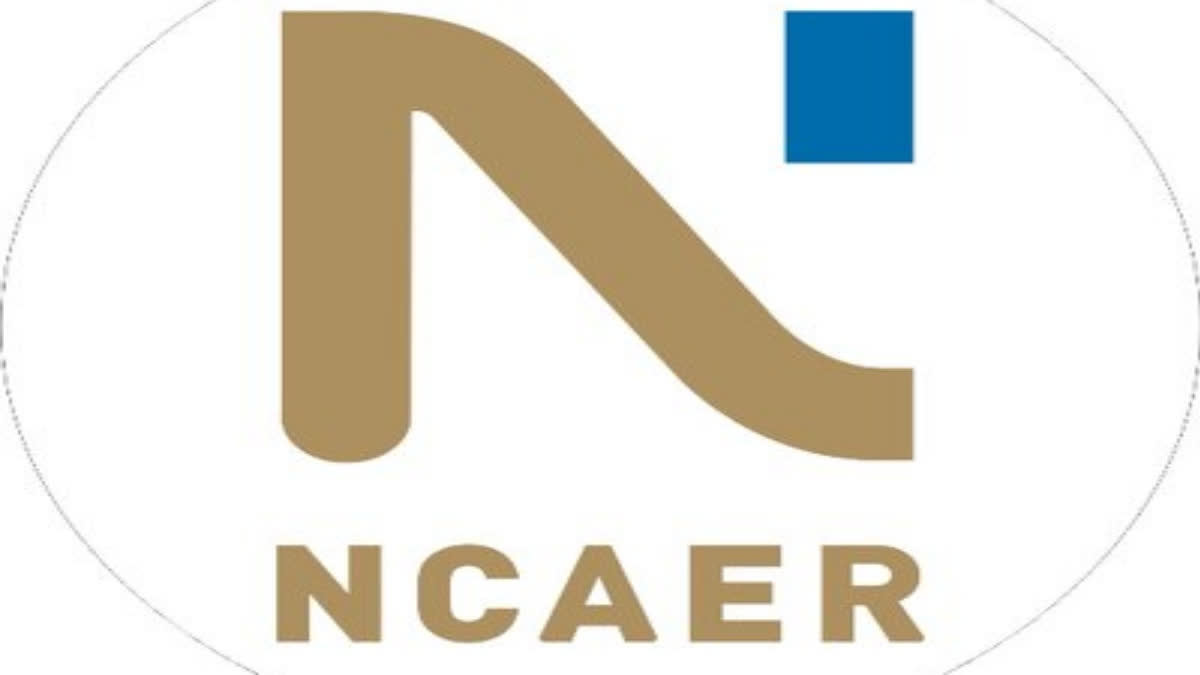New Delhi: The logistics cost in India ranged from 7.8 per cent to 8.9 per cent of GDP in 2021-22, according to quick estimates of the economic think-tank National Council of Applied Economic Research (NCAER), calculated on behalf of the government. Releasing the report on the logistics cost, Secretary in the Department for Promotion of Industry and Internal Trade (DPIIT) Rajesh Kumar Singh said the government has released a national logistics policy to reduce the cost and enhance the competitiveness of Indian industry.
The department is also working to improve India's ranking in the World Bank's Logistics Performance Index (LPI) from 38th at present to under 25. "The kind of investment that India is making in both physical and digital infrastructure....all that is creating an enabling environment where we will start getting good and credible data, on the basis of which, we can do data-based planning and ultimately data-based policy-making as well," Singh said.
Through the report, a framework is being developed which will be used to calculate credible logistics cost estimates in the coming years, he added. Singh said that the figures are calculated and estimated by NCAER on behalf of the government. NCAER Professor Poonam Munjal said that these are quick estimates and going forward, by use of more granular data, these numbers will be refined further.
"These are ballpark numbers... and we prefer to keep them in ranges," she said. The cost for 2022-23 will be released next year. At present, the government is going by certain estimates, suggesting India's logistics cost stands at about 13-14 per cent of the country's GDP (gross domestic product).
The government has for the first time started the exercise to calculate the logistics cost of India as it plays a key role in facilitating trade and enhancing the competitiveness of traders. The calculation involves huge data collation as logistics includes transportation, warehousing, insurance, information flow, administration and management.
At present, no multi-lateral agency is conducting any kind of exercise to calculate these costs. Certain countries calculate for themselves. The estimation of logistics cost requires an understanding of global benchmarks, methodologies adopted worldwide and whether those things apply to the Indian context.
According to the NCAER estimates, the cost ranges between 8.1 per cent to 9.2 per cent of GDP in 2018-19; 7.5 per cent to 9 per cent of GDP in 2017-18; and 7.9 per cent to 9 per cent in 2016-17. Special Secretary, DPIIT, Sumita Dawra said that logistics cost has "serious" implications on the country's manufacturing sector, export competitiveness, and global positioning.
She pointed out that due to a lack of data in the public domain for the critical components of logistics cost, the non-official/floating estimates of India's logistics cost lack credibility. "Hence, a need was felt to develop a scientific logistics cost calculation framework, that is inclusive and stands the test of statistical and data-based methods," she said.
A task force has been constituted, which is dedicated to developing a comprehensive framework for estimating logistics costs, including parameters/variables, data sources, approach, model for logistics cost calculation, and agencies to be onboarded. Commenting on the figures, industry chamber CII said that with this report an effort has been made to clearly quantify the logistics costs and identify the components that constitute this cost.
"The report scientifically establishes that the logistics costs in India are reducing, from 8.8 per cent - 10 per cent of GDP in 2012-13 to 7.8 per cent - 8.9 per cent of GDP in 2021-22," it added. (PTI)



